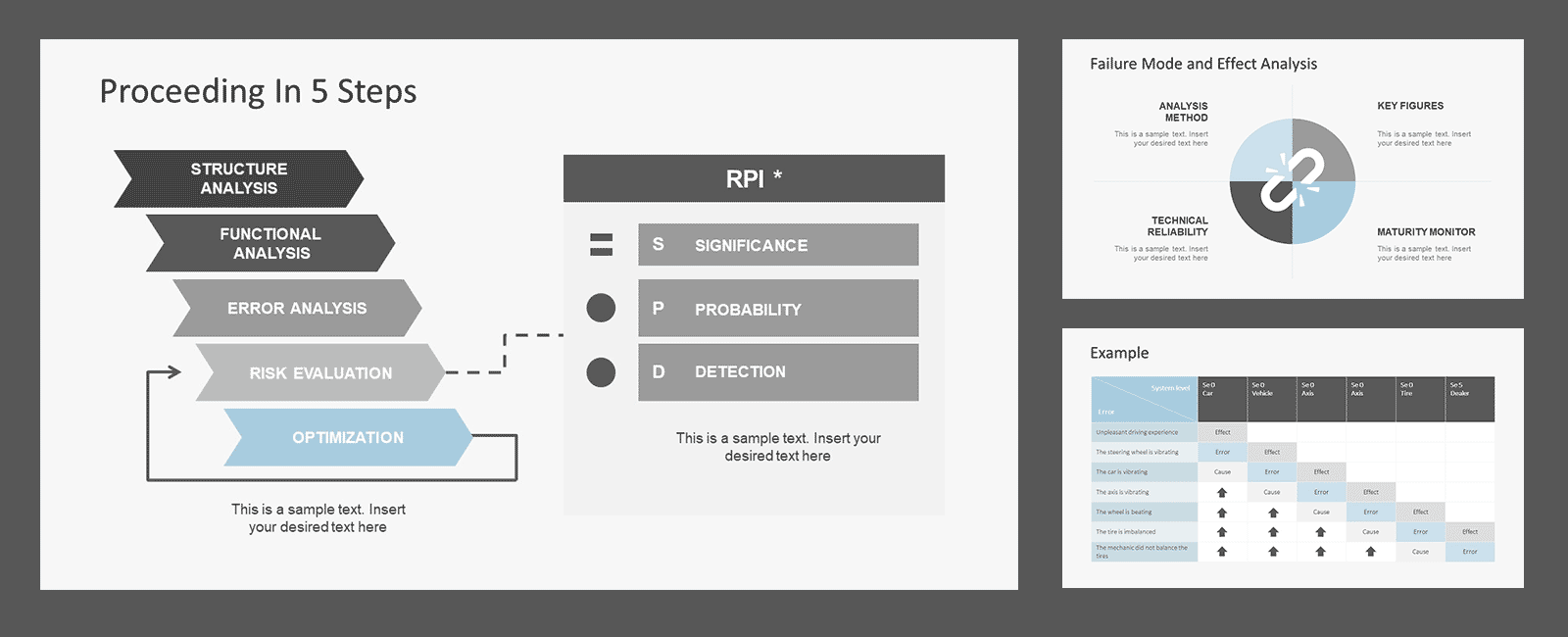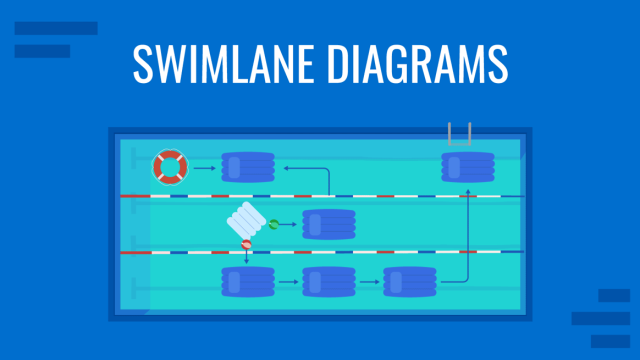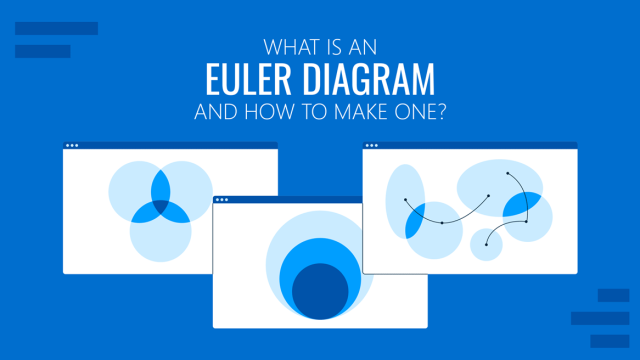
Analyzing failure is essential for rectifying issues and preventing them in the future. It can be catastrophic for a business to have a breakdown which halts an entire process; be it the manufacturing of a product or delivery of a service. One of the early test conducted to prevent such a breakdown is often the Failure Mode and Effects Analysis (FMEA).
What is FMEA?
Failure Mode and Effects Analysis is a technique that was developed in the 1950s to assess military systems to prevent malfunctions. FMEA is used for testing the reliability of systems by assessing components, subsystems and assemblies; in order to track the cause and effect of failure modes. There are different types of FMEA, some of them include; Design FMEA, Process FMEA, System / Functional FMEA, Services FMEA and Software FMEA.
FMEA uses numbers to rank risks according to priority numbering. The Risk Priority Number (RPN) is used to track improvements by comparing the RPN over a period of time. Similarly, FMEA also has different failure modes including; Full Failure, Partial Failure, Intermittent Failure, Degraded Failure and Unintentional Failure.
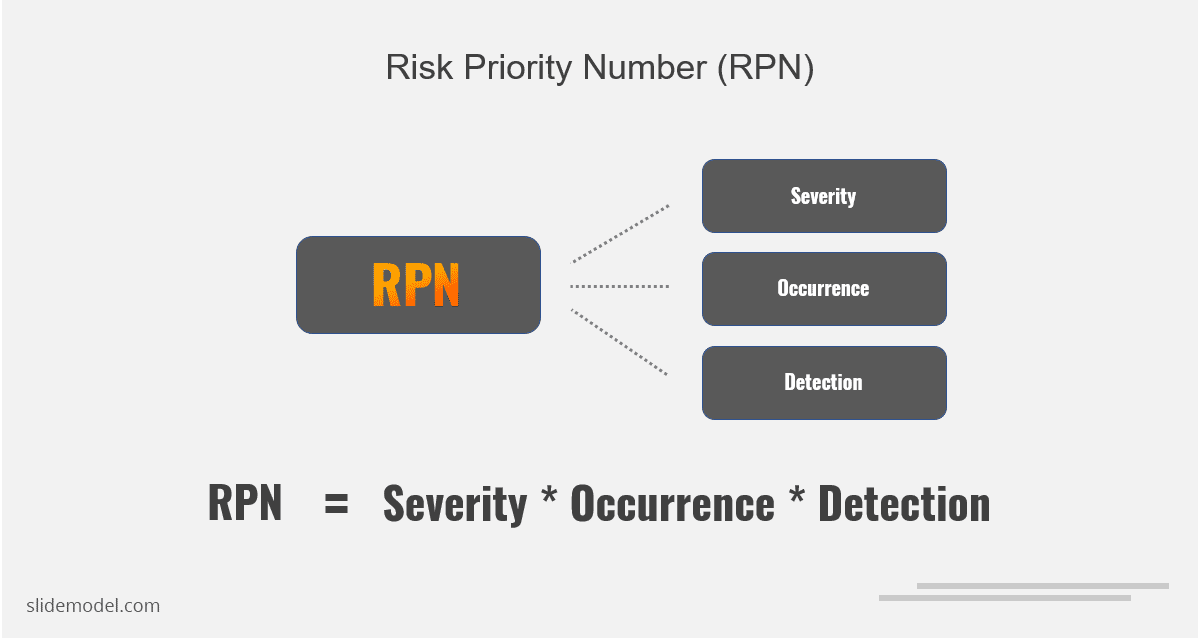
Benefits of using FMEA
In March 2019, Hong Kong’s MTR Corp faced a fine worth HK $25 million after a crash which resulted in the closure of two of the busiest transit stations in Hong Kong. This happened due to the testing of a new signaling system, which resulted in two trains using the same crossing; resulting in a major accident.
The core objective of FMEA is to ensure that such failures can be prevented. Breakdowns and failures can have long-term repercussions which are hard to value in terms of revenue loss alone. A catastrophic failure can even result in anything from a major financial loss to the closure of an entire business. If the breakdown or failure results in life loss or injury to customers, it might even result in litigation and a possible jail term for criminal negligence for the one responsible. Hence, FMEA aims to eliminate such risks but providing a mechanism to identify and rectify potential failures.
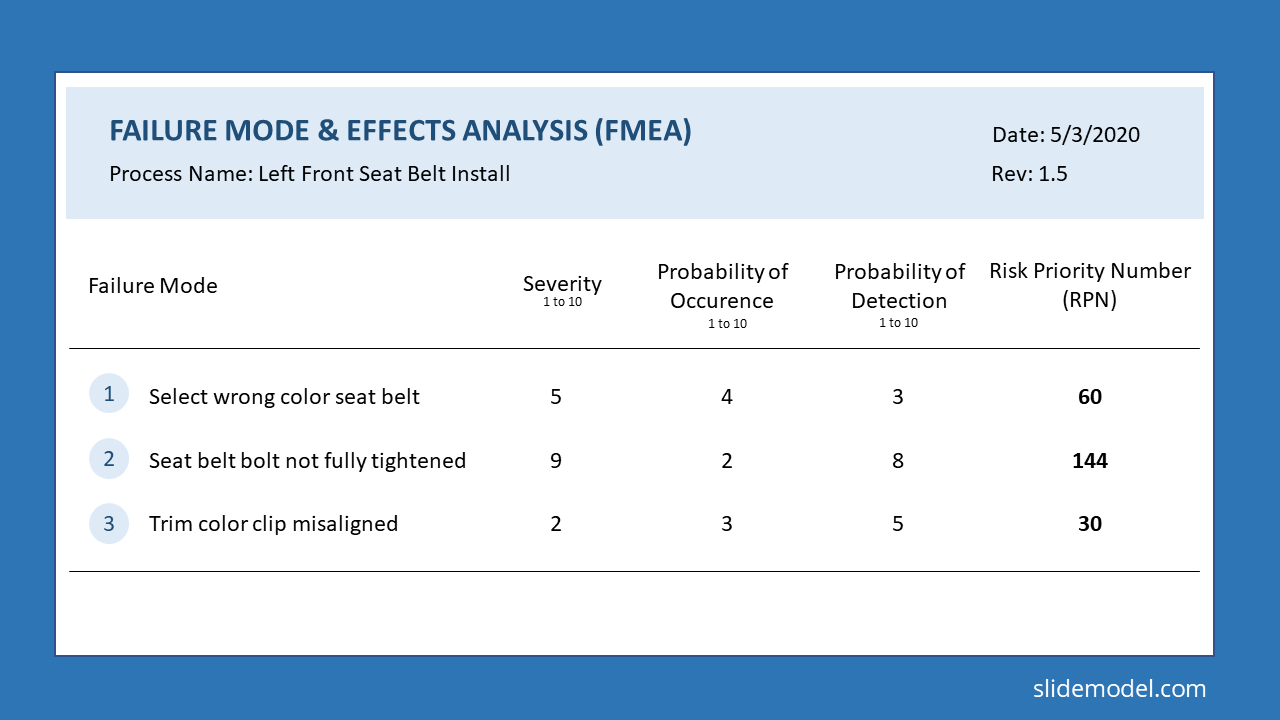
Different Types of FMEA
Let’s take a look at the different types of FMEA in a bit detail including; Design FMEA, Process FMEA, System FMEA, Services FMEA and Software FMEA. At SlideModel we have some presentation templates available that could help to prepare a FMEA Analysis covering the different types.
Design Failure Mode and Effects Analysis
As the name suggests, Design Failure Mode and Effects Analysis or DFMEA is used to assess and identify issues in a design of a service or product. This might include a change in design or a new design that is introduced. Design FMEA aims to assess what is produced, what might go wrong and who might be impacted by it. It is used for ensuring customer satisfaction and to prevent design failures.
Process Failure Mode and Effects Analysis
Process Failure Mode and Effects Analysis or PFMEA is used to identify risk and potential issues associated with a process change. Process Failure Mode and Effects Analysis looks at the five sources for identifying errors for a process. These five sources include; Man, Methods, Material, Machinery, Measurement and Mother Earth (Environment).
System Failure Mode and Effects Analysis
The System Failure Mode and Effects Analysis or SFMEA is an analysis of a complete system. This is a broad-spectrum analysis of a system as a complete system includes many subsystems. In such an analysis the system safety, interfaces integration, and interactions need to be assessed.
Service Failure Mode and Effects Analysis
Service Failure Mode and Effects Analysis is used to assess service reliability to ensure that customers can enjoy services without any issues. Previously, Service Failure Mode and Effects Analysis researches were focused on profits and supply-chains alone, however, the new approach seems to be more focused on enhancing the RPN to rank risks, quality controls, reprioritization, versatility, etc.
Software Failure Mode and Effects Analysis
Software are used in a wide array of machines which affect our daily lives, ranging from cars to airplanes, to banking systems, laptops, smartphones, and even hospital equipment. Software Failure Mode and Effects Analysis, which is also abbreviated as SFMEA focuses on looking into the behavior of a software which can result in a failure.
Final Words
Failure Mode and Effects Analysis is an essential tool for assessing and mitigating risks and even catastrophic failures in systems, processes, design, software, services, etc. The use of FMEA spans across various industries and mechanisms in place for providing products, services and processes, which are used by billions of people around the world. However, FMEA also has its limitations, as techniques like FMEA cannot ensure complete success in the elimination of potential failures. This is not to say that it has limited utility as FMEA can be essential in the smooth functioning of services, provision of hazard free products and the running of processes which now aid the daily modern life.
